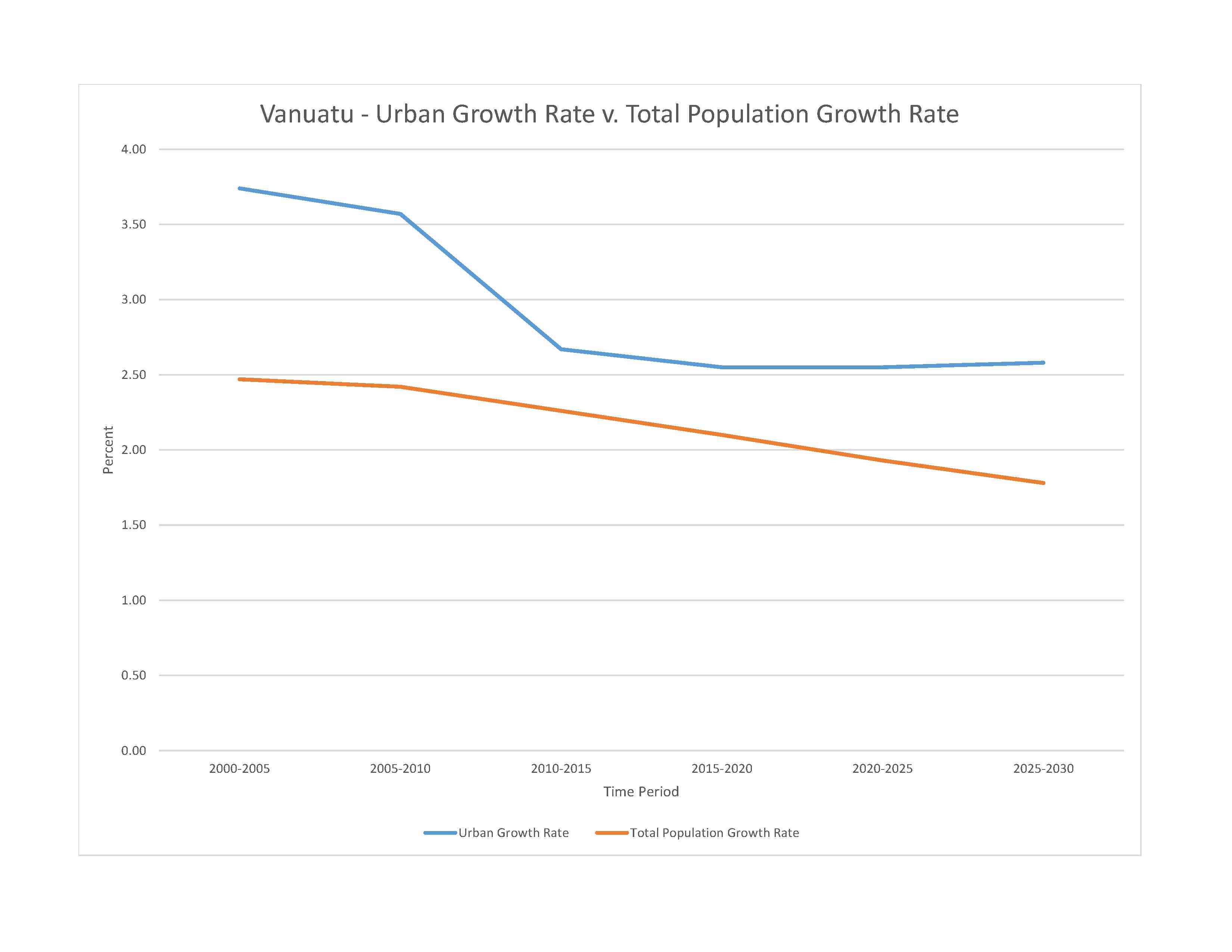
population growth; water pollution, most of the population does not have access to a reliable supply of potable water; inadequate sanitation; deforestation
party to: Antarctic-Marine Living Resources, Biodiversity, Climate Change, Climate Change-Kyoto Protocol, Climate Change-Paris Agreement, Comprehensive Nuclear Test Ban, Desertification, Endangered Species, Hazardous Wastes, Law of the Sea, Marine Dumping-London Convention, Marine Dumping-London Protocol, Ozone Layer Protection, Ship Pollution, Wetlands
signed, but not ratified: none of the selected agreements
tropical; moderated by southeast trade winds from May to October; moderate rainfall from November to April; may be affected by cyclones from December to April
agricultural land: 15.3% (2018 est.)
arable land: 1.6% (2018 est.)
permanent crops: 10.3% (2018 est.)
permanent pasture: 3.4% (2018 est.)
forest: 36.1% (2018 est.)
other: 48.6% (2018 est.)
urban population: 26% of total population (2023)
rate of urbanization: 2.55% annual rate of change (2020-25 est.)

0.54% of GDP (2018 est.)
0% of GDP (2018 est.)
particulate matter emissions: 8.42 micrograms per cubic meter (2019 est.)
carbon dioxide emissions: 0.15 megatons (2016 est.)
methane emissions: 0.5 megatons (2020 est.)
municipal solid waste generated annually: 70,225 tons (2012 est.)
municipal solid waste recycled annually: 25,983 tons (2013 est.)
percent of municipal solid waste recycled: 37% (2013 est.)
10 billion cubic meters (2020 est.)
NOTE: The information regarding Vanuatu on this page is re-published from the 2024 World Fact Book of the United States Central Intelligence Agency and other sources. No claims are made regarding the accuracy of Vanuatu 2024 information contained here. All suggestions for corrections of any errors about Vanuatu 2024 should be addressed to the CIA or the source cited on each page.
This page was last modified 04 May 24, Copyright © 2024 ITA all rights reserved.